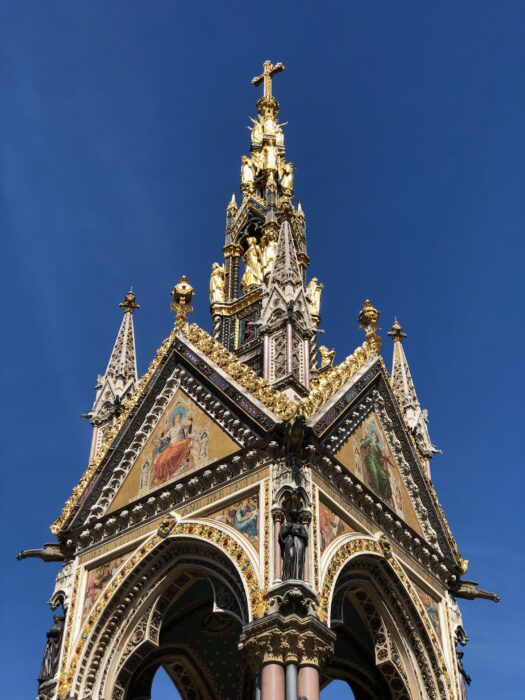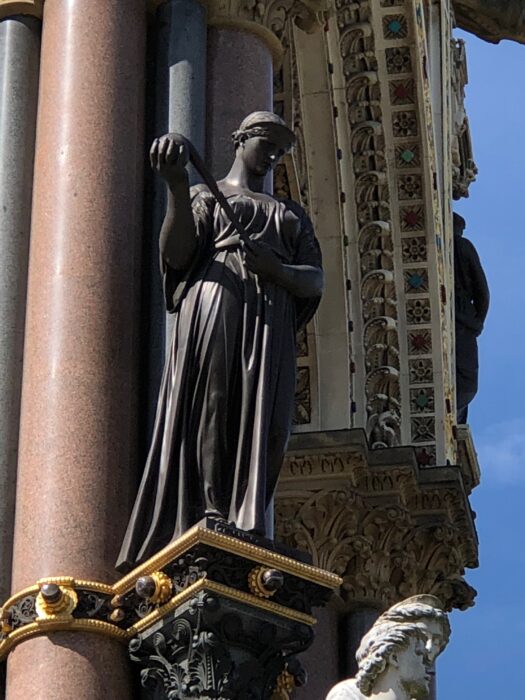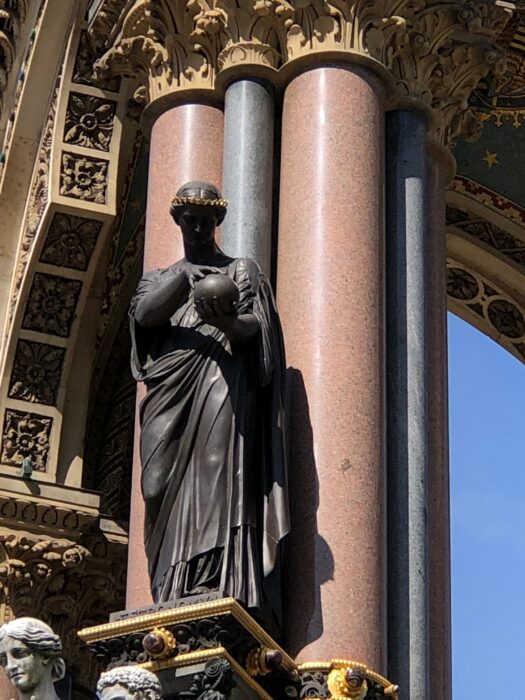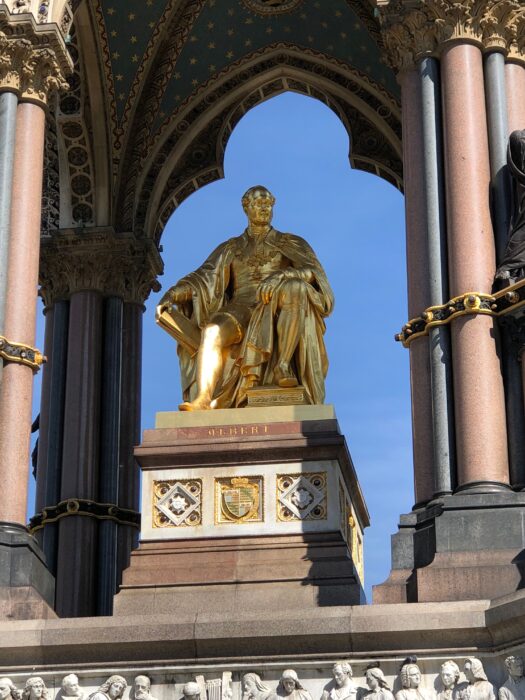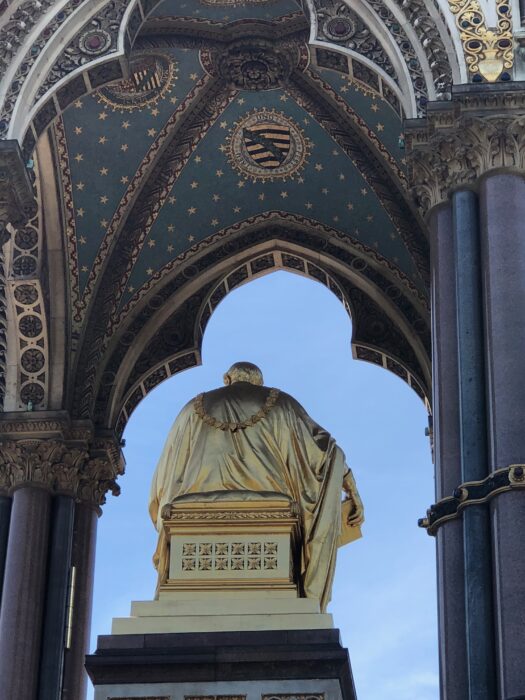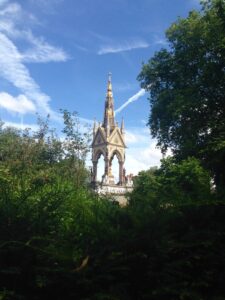
At the edge of Kensington Gardens on the boundary to Hyde Park stands the Albert Memorial, an incongruous and massive example of the Gothic Revival Style popular during the Victorian Age.
The structure, built primarily by public subscription, honored Victoria’s consort, a man without a clear portfolio now credited with bringing the monarchy into the modern age. A man of many interests, Albert sponsored and accomplished the Great Exhibition of 1851. The international exhibition held in a temporary structure called the Crystal Palace built in Hyde Park was the first of what became known as world’s fairs. After the exhibition, the structure was dismantled and moved to south London, because permanent structures couldn’t be built in public parks.
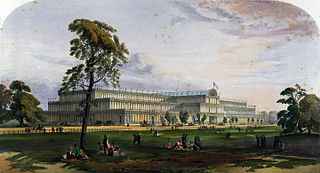
In 1861 Albert died. At the time, the disease was diagnosed as typhoid. Currently, there is speculation that he could have suffered from an internal disease. He was 42 years old. Albert’s wife, Queen Victoria, wore black for the rest of her life. The queen commissioned a memorial for her husband.
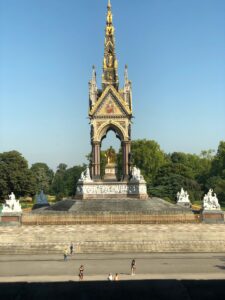
The Albert Memorial is part mausoleum, part reliquary, and a tribute to the Prince Consort’s belief in progress and his broad support of arts and sciences. Sir George Gilbert Scott designed a structure in the form of an ornate pavilion that rises 176 feet. Construction took ten years at a cost of £120,000 pounds [the equivalent of £10,000,000 in 2010].
Sixty percent of the cost was raised by public donations. Queen Victoria paid half the cost for her husband’s statue.
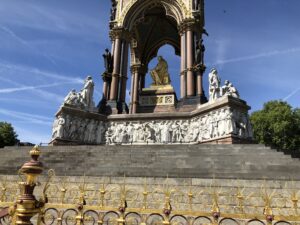
The Memorial is surrounded by the Frieze of Parnasus depicting 169 individuals with musicians and poets on the south side; painters on the east side; sculptors on the west side, and architects on the north side.
An allegorical sculpture stands on each side to represent industrial arts and sciences. There are another four groups to represent the four continents, each including a large animal: a bull for Europe, an elephant for Asia, a bison for America, and a camel for Africa.
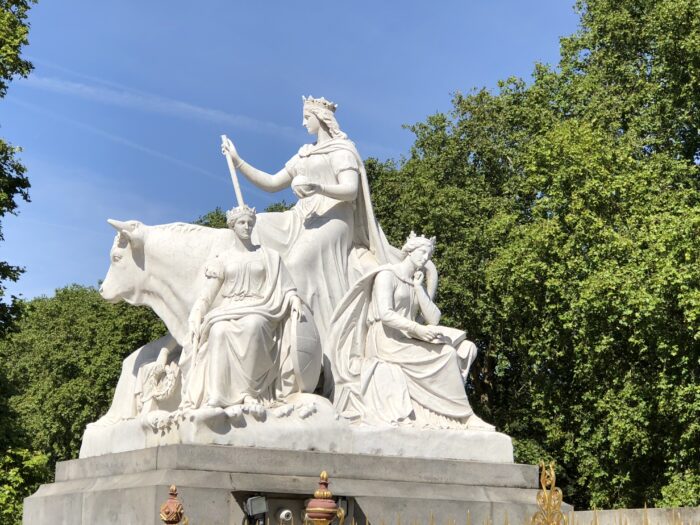
EUROPE 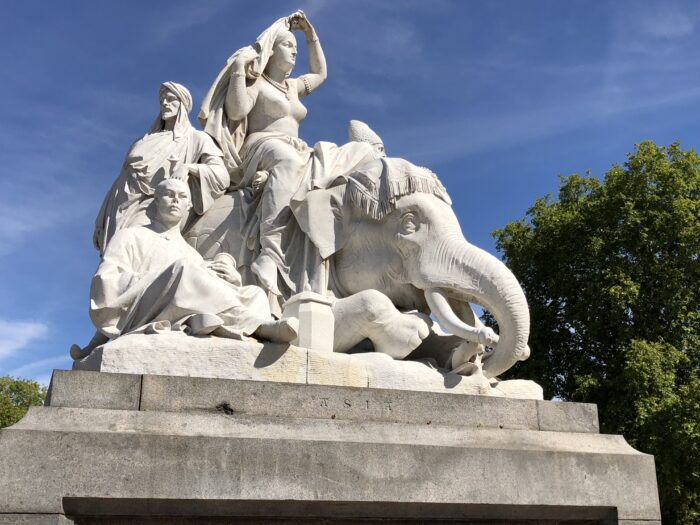
ASIA 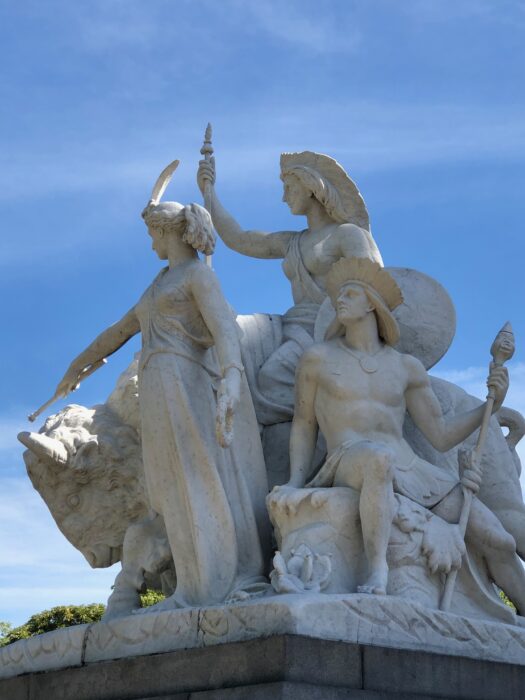
AMERICA 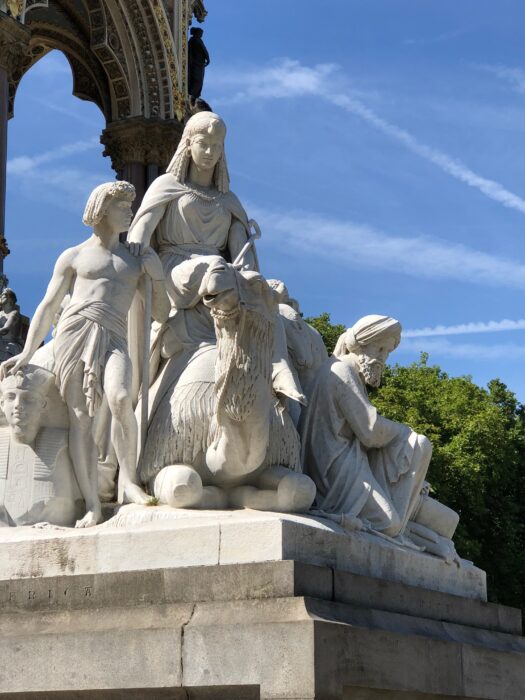
AFRICA
Above these groups are 8 bronze statues representing the sciences. Above them in the niches of the spire are 8 statues of the virtues. At the top are two sets of statues, each with four angels.
The mosaics cover the 1100 square feet of facing space, the largest exerior mosaics in Europe.
Inside this canopy sits the statue of Prince Albert scupted by John Henry Foley. The prince is dressed in regalia as a Knight of the Garter and holds a catelogue from the Great Exhibition in his hand. The statue wacast from 37 melted cannons and covered in gold gilt.
Victoria found the statue so life like, she couldn’t bear to look at it. Whenever she was scheduled to pass by, the statue was covered in a black drape.
The Memorial was a triumph of design and execution, but its interior suffered from slow rot. The builders used a combination of lead and cast iron that resulted in leaks. The leaks caused the lead to crack and the iron to expand which let in more water.
Meanwhile, in 1915 workers removed the gilding on Albert’s statue to prevent any glint reflected on the gilt from guiding German attack zepplins. The statue was covered in black paint. During World War II friendly fire from anti aircraft guns in Hyde Park struck the Memorial.
After the war, bits of mosaic stones began falling. In 1983, a large piece of lead fell to the ground, and the Memorial was closed. It was eleven years before the government committed funds for the $19 million restoration.
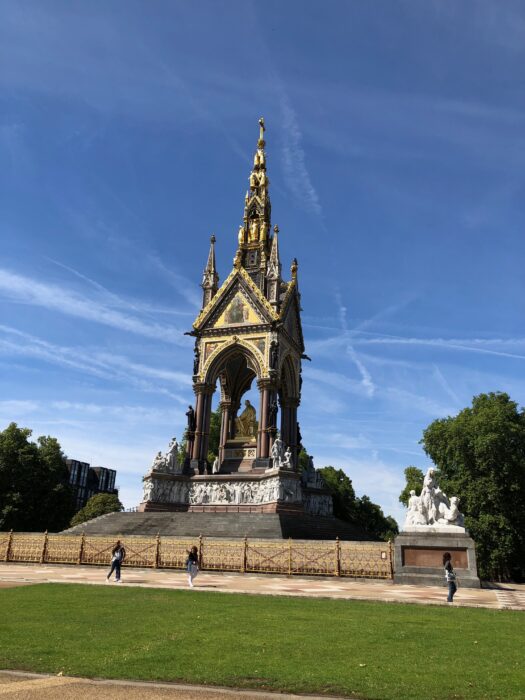
Hundreds of sheets of 23.5 carat, double weight gold leaf returned Albert’s statue to its glory. The total cost of gilding on the monument came to $845,000.
On July 21, 2015, Queen Elizabeth unveiled the restored Monument in a blaze of fire works that culminated in a display of the words Albert Saved.
???
Great Exhibition, 1851
All Other Photos by Author
Anon. “Albert Memorial To Undergo Restoration.” Los Angeles Times. Dec. 4, 1987.
Anon. “Memorial to Queen’s Lost Love Comes Clean.” BBC News. October 21, 1998.
Alan Baldwin. “Crumbling Prince Albert Bronze Stirs Controversy.” Los Angeles Times. May 16, 1993.
Sarah Lyall.” Icon of an Innocent Age Unwrapped Again.” The New York Times. Oct. 21, 1998.
Ray Moseley. “The Albert Memorial Gets a Princely Restoration.” Chicago Tribune. Sept. 28, 1998.

Sandra Wagner-Wright holds the doctoral degree in history and taught women’s and global history at the University of Hawai`i. Sandra travels for her research, most recently to Salem, Massachusetts, the setting of her new Salem Stories series. She also enjoys traveling for new experiences. Recent trips include Antarctica and a river cruise on the Rhine from Amsterdam to Basel.
Sandra particularly likes writing about strong women who make a difference. She lives in Hilo, Hawai`i with her family and writes a blog relating to history, travel, and the idiosyncrasies of life.

